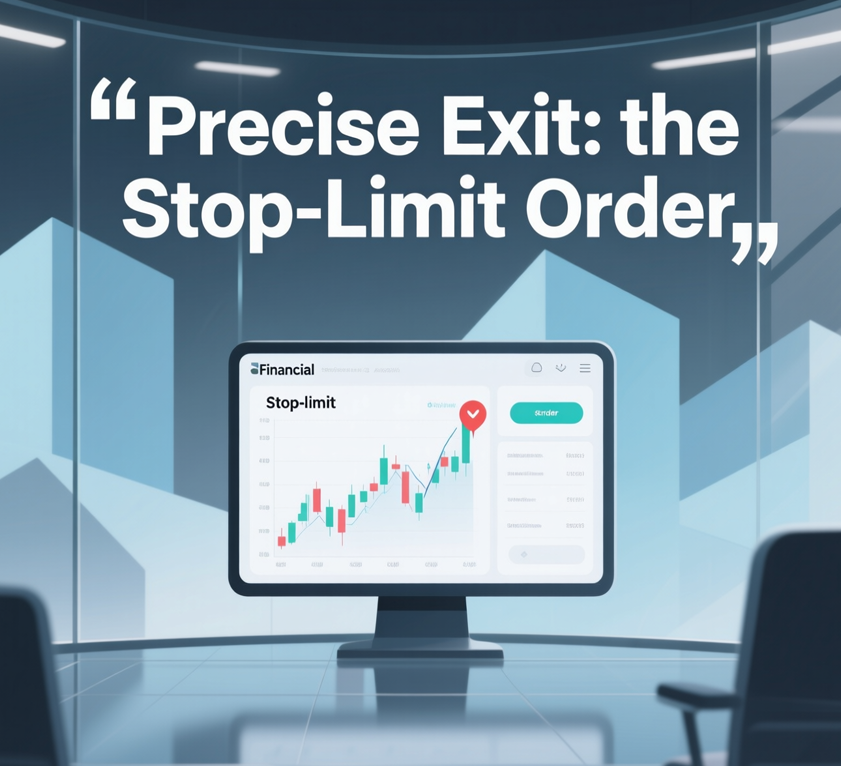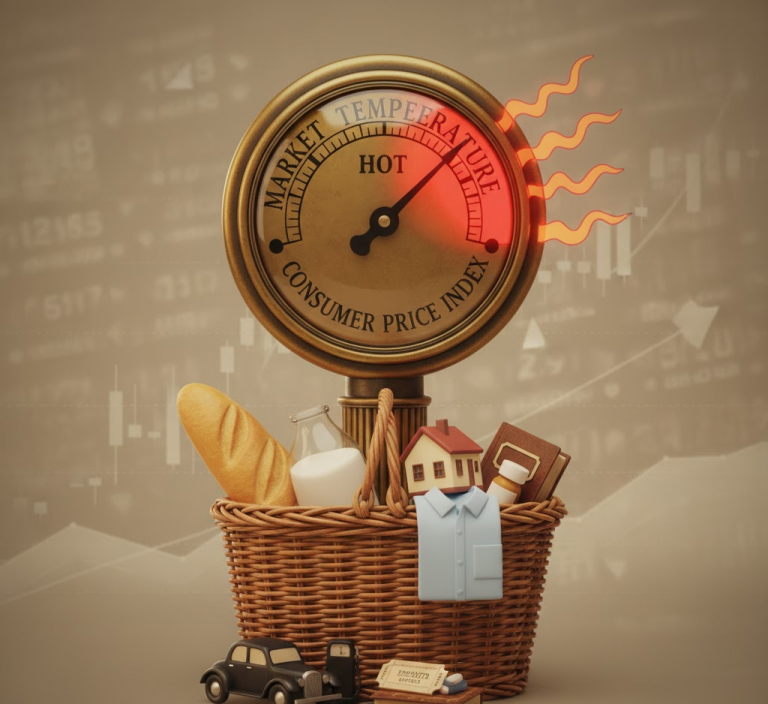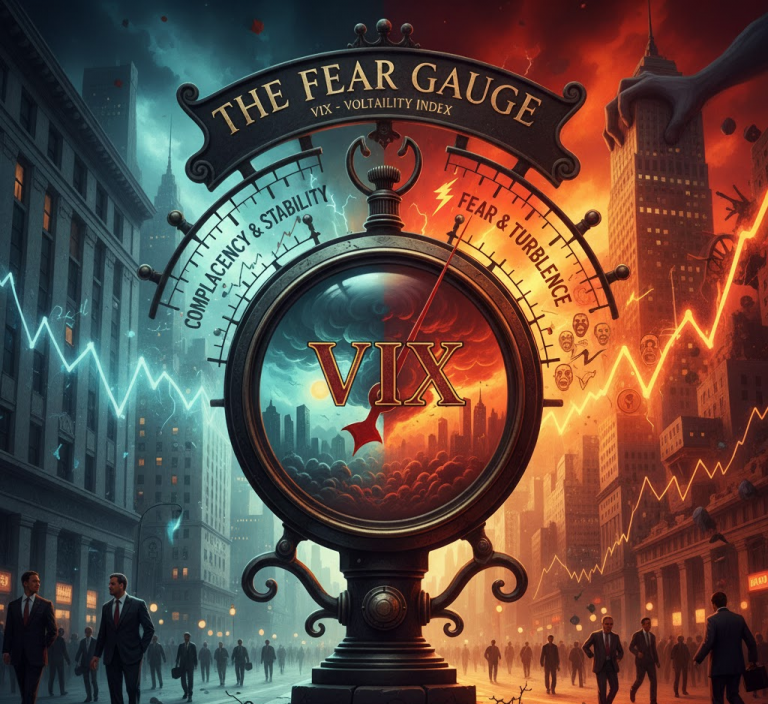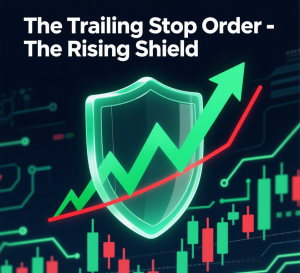The Precise Exit: Navigating the Stop-Limit Order
Summary TLDR
A stop-limit order is a defensive instruction that combines two prices: a stop price, which activates the order, and a limit price, which defines the worst price at which you are willing to sell. It provides control over your exit price but does not guarantee that the order will be executed.
Introduction
The standard stop-loss order is a trader’s trusted shield, offering a guaranteed escape from a rapidly falling position. However, that guarantee comes at a cost: in a moment of panic or volatility, it can execute at a far worse price than anticipated. For the trader who desires more precision and wishes to protect themselves from the chaos of a volatile exit, a more nuanced tool exists. The stop-limit order is that tool—a sophisticated command that prioritizes price control over the certainty of execution.
The Core Concept (Explained Simply)
Imagine you are selling a valuable item through an online auction, and you’re worried about the price suddenly crashing.
- A standard stop-loss is like telling the auctioneer, “If the bidding drops to $100, sell my item immediately for whatever the next bid is.” If the next bid is $99, it’s sold. If panic ensues and the next bid is only $80, it’s still sold. You are guaranteed to get out, but the price is uncertain.
- A stop-limit order is like giving the auctioneer a more precise, two-part command: “My stop price is $100. If the bidding touches that level, you are now authorized to sell my item. However, I will not accept any price lower than my limit price of $99.”
This gives you control. You’ve protected yourself from selling into a panic at $80. But it introduces a new risk: what if the bidding drops directly from $101 to $98, completely skipping over your $100 to $99 range? In that case, your order would be activated but would not sell, leaving you stuck with the item as the price continues to fall.
From Theory to Practice
A stop-limit order requires you to set two distinct prices:
- The Stop Price: This is the trigger. Just like a regular stop-loss, when the stock trades at or through this price, your order becomes active.
- The Limit Price: This is the line in the sand. Once the order is active, it becomes a limit order. This means it will only execute at your limit price or better.
The key difference is what happens upon activation:
- Stop-Loss Order → Becomes a Market Order (Guarantees execution, not price)
- Stop-Limit Order → Becomes a Limit Order (Guarantees price, not execution)
The primary risk is that the market can “gap” or move so quickly that it drops past your stop and limit prices without ever executing your trade. This can happen during a “flash crash” or on the back of sudden, dramatic news, leaving you in a position that you intended to exit.
A Brief Illustration
An investor buys a stock at $50. They want to protect their position but are worried about potential slippage on a standard stop-loss.
They place a stop-limit order with a stop price of $48 and a limit price of $47.80. The 20-cent gap between the two prices is the range within which they are willing to have their order filled.
- Scenario 1 (Orderly Decline): The stock price falls gradually. It hits $48.00, triggering the order and turning it into a limit order to sell at $47.80 or better. Since the market is trading around $48, a buyer is quickly found, and the order is filled at $47.90. The trader is out of their position at a controlled, acceptable price.
- Scenario 2 (Volatile Drop): The stock is trading at $48.10. Unexpected bad news is released, and the next trade occurs at $47.50. The price gapped down. The stop at $48 was triggered, but the highest bid is now far below the limit price of $47.80. The order does not fill. The investor is now stuck holding a stock that is rapidly falling.
Why It Matters
- It Gives You Price Control: This order is the ultimate tool for preventing slippage and ensuring you do not sell for a price lower than you deem acceptable.
- It Comes with Execution Risk: The price control comes at a significant cost: your order may not be executed at all in a fast-moving market, which is often when you need it most.
- A Trade-Off Decision: Choosing between a stop-loss and a stop-limit is a conscious decision about what you fear more: the cost of slippage or the risk of not being able to exit a losing trade.
Additional Topics to Explore
- Stop-Loss Orders: Understanding the basic version is crucial to grasping the trade-offs of the stop-limit.
- Slippage: The specific problem that the stop-limit order is designed to solve.
- Limit Orders: The order type that a stop-limit becomes once it is triggered.






















